The concept of autophagy is something you have never heard about but after this article, you will see how important it is for longevity. Breaking down the definition into two parts, auto- has several meanings but in this instance, it is referring to self and -phagy means to eat. Put these together and it looks like our bodies will be devouring itself. That doesn’t sound right but that’s what goes on in our bodies every day.
Autophagy is a process where we are getting rid of old cells which over time simply deteriorate and die off. Our body’s immune system then goes in and devours the cell fragments which allows us to regenerate newer, fresher cells. Much research has been done in this area showing that as these cells turn over, we eventually get a new body about every 7-15 years because that is how long it takes for some tissues to turn over.
One of the areas of fastest turnover is the intestinal tract which takes about 5 days from new cells to the end of the cell. Other areas in our bodies that quickly turn over way blood and skin.
There are, however, a few areas that never will get replenished. They include the cornea of your eyes, enamel that covers your teeth and certain areas of the brain. How do we know how old tissue is and if it ever turns over? Original studies looked at carbon 14 in these tissues which correlates to radioactive waste. When atom bomb testing took place many years ago carbon 14 was released and this created a timestamp in the body. That is how they determined the age of the cells. If no carbon 14, the cells have been replaced.
Now that you have some info as to what autophagy is, the next step would be, how to get our bodies to make this happen. There are several mechanisms to accomplish this task. The first and easiest is through our diet. Time-restricted eating or intermittent fasting is one way. This is done by eating in a window of only so many hours per day. The most common way to do this is to eat only in a 6-hour window and then consume no calories in the next 18 hours.
The time-restricted eating diet has several benefits, first, it will help to speed up the process of autophagy and secondly, it has great data to support its benefits for weight loss. The first couple of times you do this is can be a little difficult because we are not used to not eating for 18 hours. Once you do it a few times, it becomes easier and personally, you become more disciplined. This concept does not have to be done every day and doing it 2 days per week while maintaining a normal day the other 5 days seems to be beneficial.
Things to consider when trying this is you can consume 0 calories in the 18- hour time frame, so water and coffee are all I do. No creamer in the coffee and no dietary supplements because they all have calories in them as well. For instance, omega 3 fatty acids contain about 25 calories per capsule. Give this a try if you like, it is not difficult.
Ketogenic diet is another way to induce autophagy. This is a high fat, low carb diet. When I compare this to the time-restricted diet, I think this is harder to do over a long period. Some people have no issues, that is just my observation.
A third way is heating your body which produces heat shock proteins. This can be done by taking a sauna which is from infrared heat. The heat itself gets up to 120-180o F which creates heat shock proteins and stimulates the lymph system, which has a carry-over effect on autophagy because it increases microcirculation. Using an infrared sauna can help keep detox pathways activated and open, enabling you to tap into autophagy faster as well.
Research shows that exercise induces autophagy in multiple organs involved in metabolic regulation including muscle, brain, liver, pancreas and adipose tissue. And moderate exercise about 30 minutes per day seems to be ideal for autophagy activation. This can include a mix of the following: cardio, resistance training, and high-intensity interval training. Prolonged exercise can have the opposite effect so you are in luck if you opted out of training for a marathon.
Certain foods known to induce autophagy can be eaten or obtained in a dietary supplement: Coffee, green tea, turmeric, ginger, cinnamon, ginseng, garlic, certain mushrooms, pomegranate, and elderberries. Other less common sources include; bergamot, berberine, resveratrol and MCT Oil, these are typically taken in supplement form. A good quality Omega 3 Fatty acid can also be helpful.
One of my employees, Jodi Andres, has been working with me for over 20 years. It is hard to believe that she has put up with me for that long but she has. Many years ago, I asked her the question; “how long do you want to live?” We still laugh about that question because my answer is always 104. A common statement that goes hand in hand with the question is, “as long as I’m able to do the things that I want to do”. That, my friends, is a given. By the way, I think Jodi was good to go until 85 or so.
What are you doing today to make your goal of 85 or 104, or whatever that number is because it just doesn’t happen? You have many choices that can be implemented to help with autophagy including diet, exercise, heat, certain foods, and supplements. The choice is yours so get busy.
My staff and I would like to help you out with questions you might have regarding autophagy, so stop by the pharmacy or call to schedule a consultation. Until next time, be vigilant about your health!!


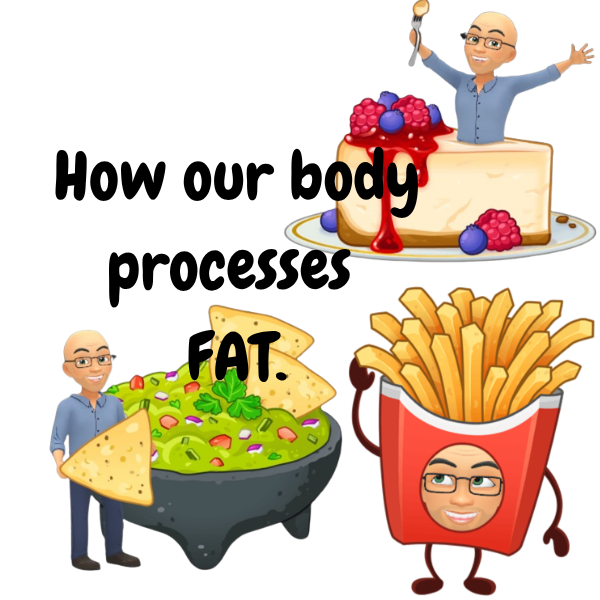
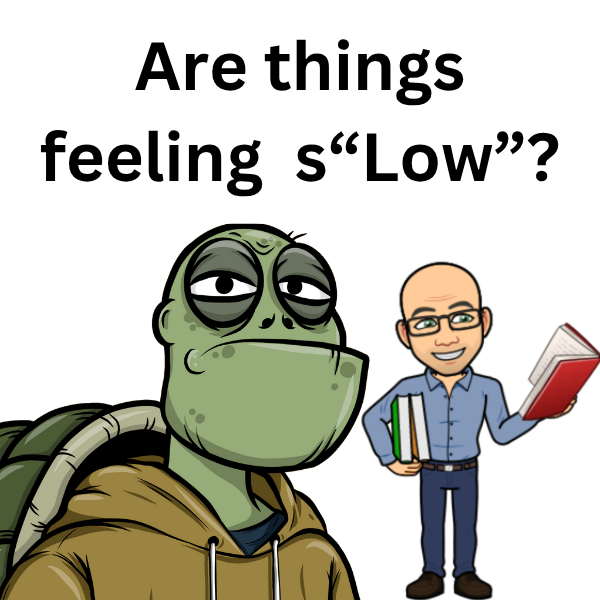


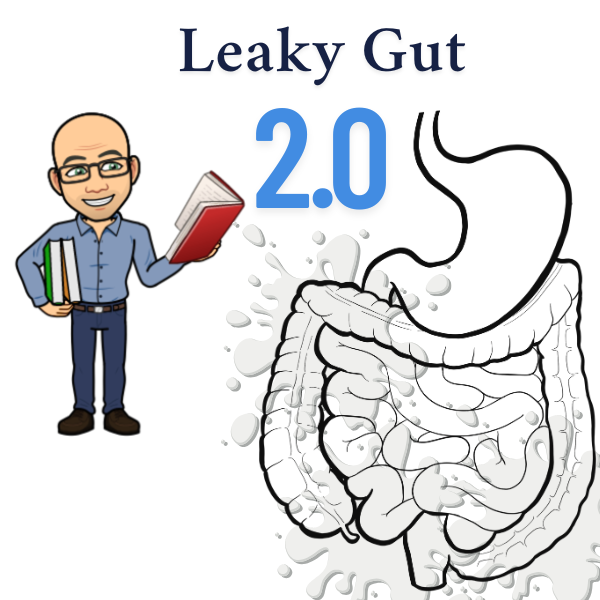



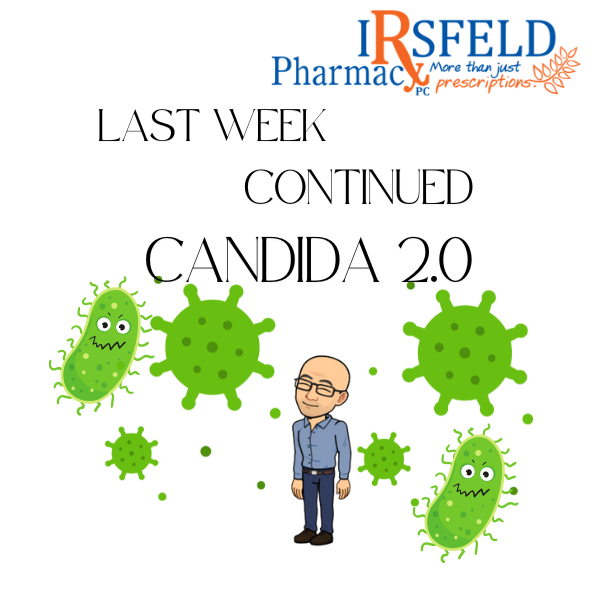
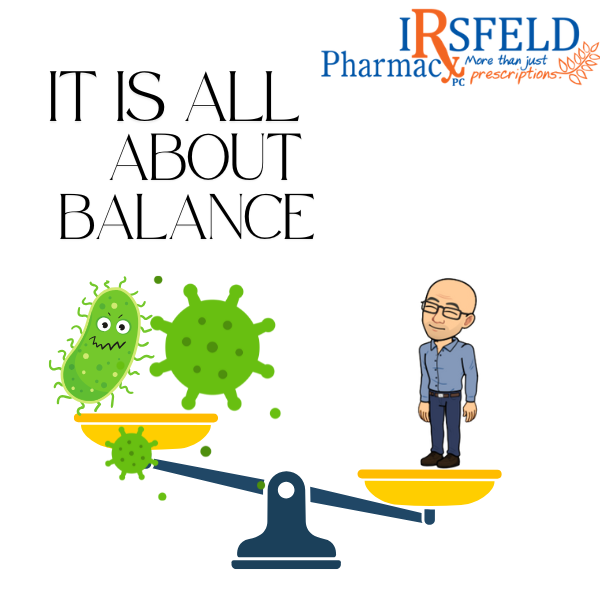
Share On: